Spain.
Philip III,
100 Escudos 1609,
Segovia.
Unique.
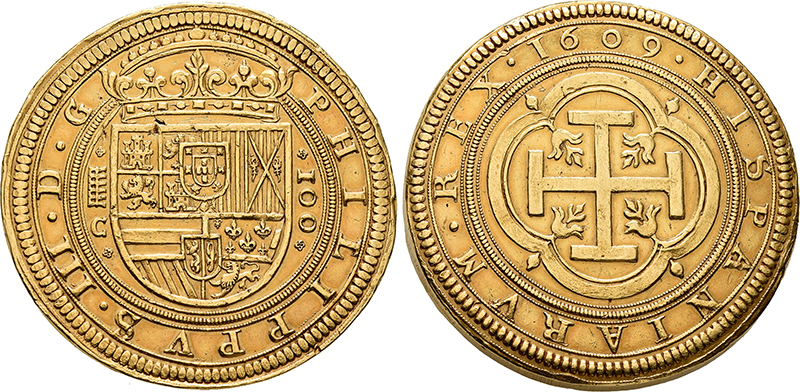

Roman Republic.
Cleopatra VII and Mark Antony,
Tetradrachm 36 BC,
Antioch on the Orontes.
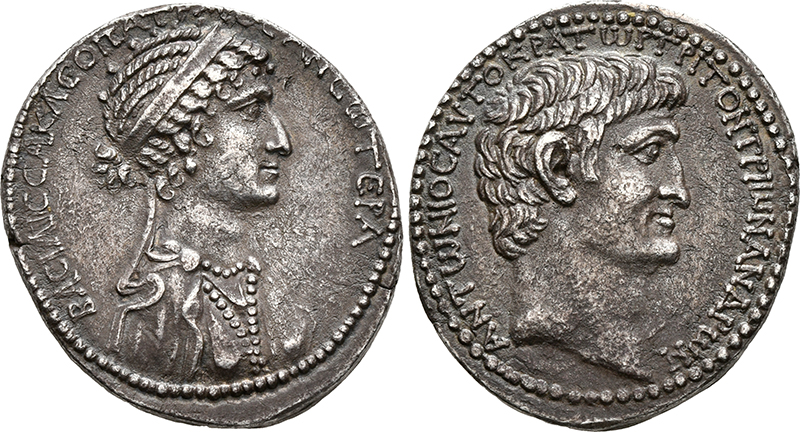
Great Britain.
Henry VII,
Gold Sovereign,
type I, Cross Fitchee, n. d. (1492),
Tower mint.
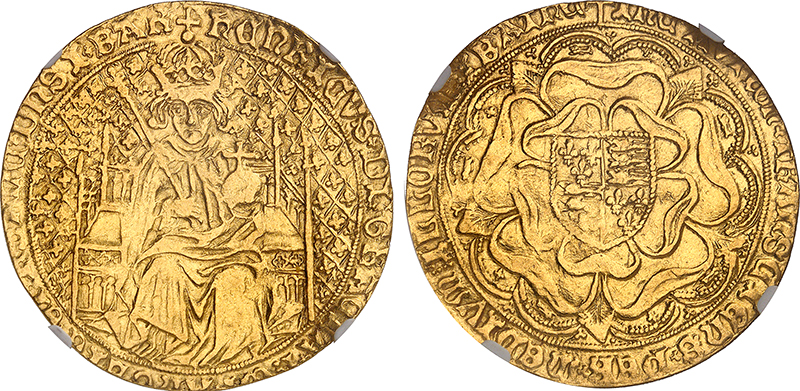
Archive: People and Markets
A Year of Gold Bars in US Supermarkets: Could the Costco Model Work in Europe?
Since autumn 2023, Americans have been able to invest in gold at the wholesale chain “Costco.” Those who bought then have enjoyed a handsome return – but whether gold will ever be sold at Aldi or Lidl in Europe remains uncertain.
New CIT Issue: Hunters by Night – Ocelot
Since 2020, CIT has been releasing its award-winning and successful Hunters by Night series. The fifth issue is now dedicated to the ocelot, with the nocturnal hunter’s eyes standing out almost hypnotically against the Black Obsidian surface.
Archive: Coins, Medals and more

Royal Gold: England’s Five Guineas and the English Gold Currency
On 10 December 2024, Numismatica Genevensis will offer the most complete run of English Five Guineas ever sold at auction. The pieces are considered to be the most beautiful and the heaviest English circulation issues in gold. They were struck from 1668 to 1777, during the period when England replaced its bimetallism with the gold currency. Read on to find out more.

The History and Coinage of Lycia
With its clear blue water, picturesque beaches and a fascinating landscape, Lycia has won over the hearts of many people. On the occasion of Künker’s sale of the Sayar Collection, Johannes Nollé explores the history of this region on Turkey’s southern coast.







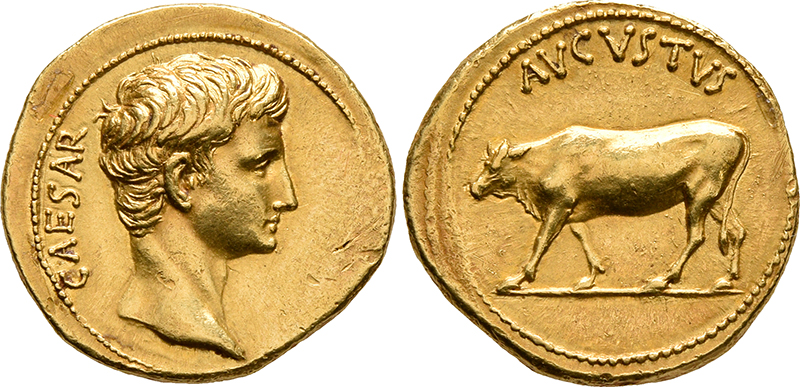
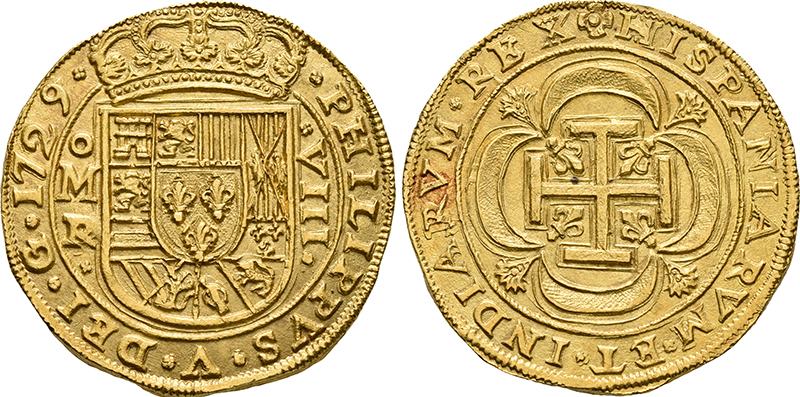
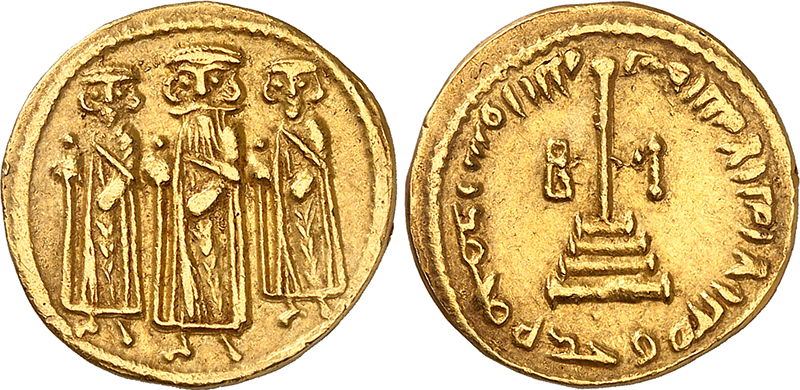
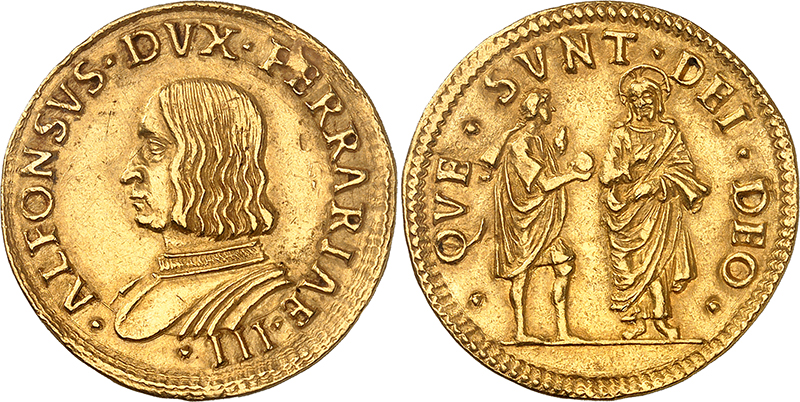
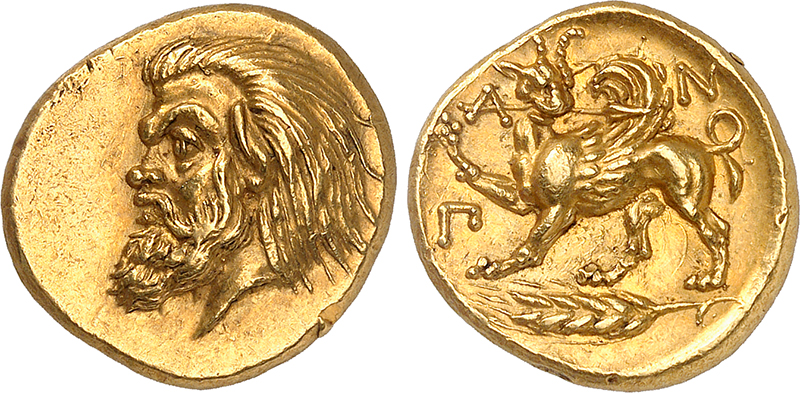
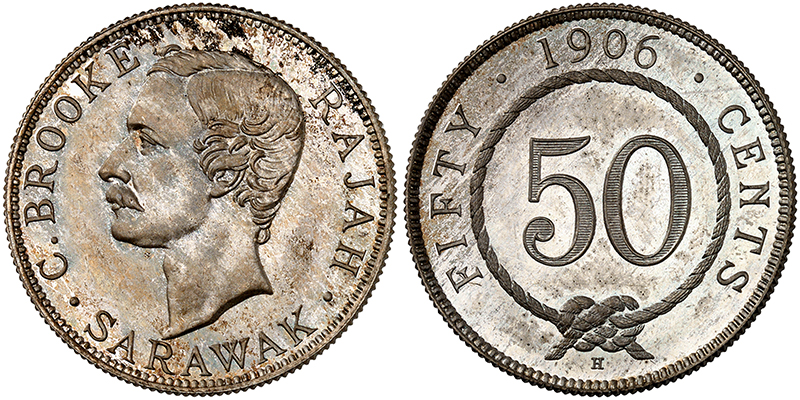
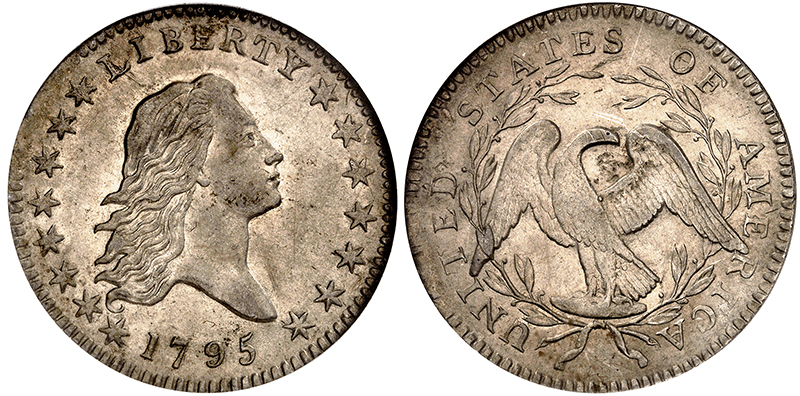

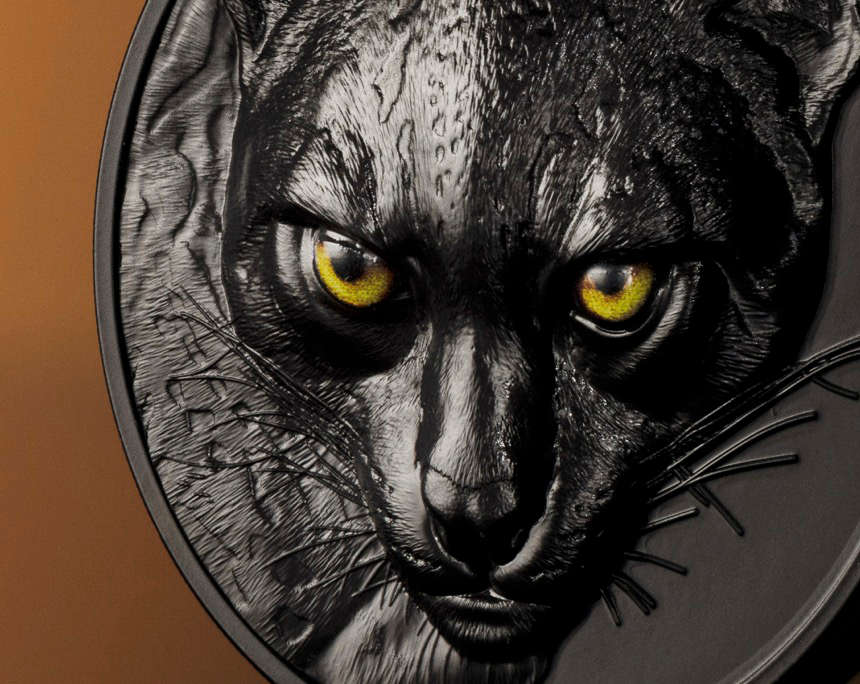

Silk, Silver, and Spice: Money Museum’s New Exhibit Explores Treasures of Trade
Today, the Edward C. Rochette Money Museum in Colorado Springs opens its newest exhibition. “The Silk Road(s): A Numismatic Travelogue” will take observers on a journey of commerce, culture, and connections made possible through coinage.
Become a Coin Scout!
The international numismatic community and CoinsWeekly need your help! Only with the help of coin scouts all over the world can we realise our project of a numismatic travel guide.
Join us on our expedition into the undiscovered world of numismatics!